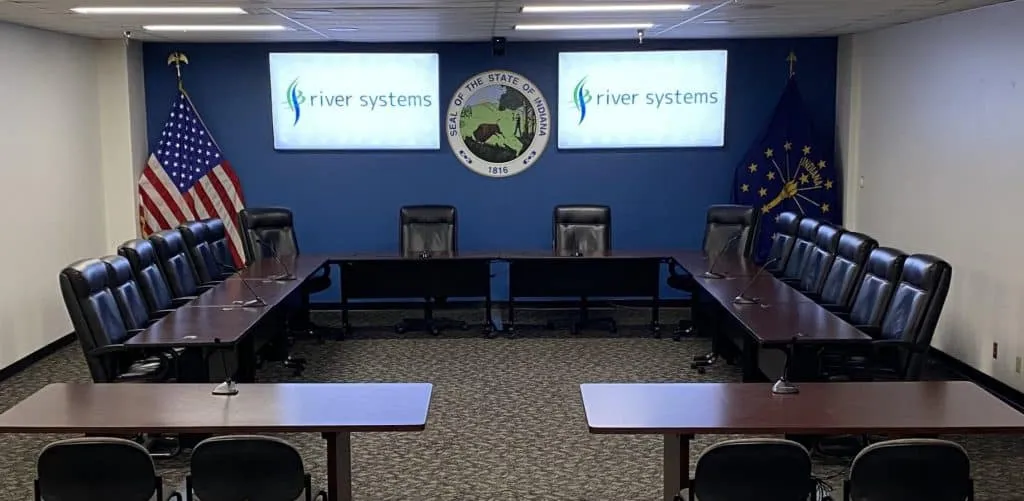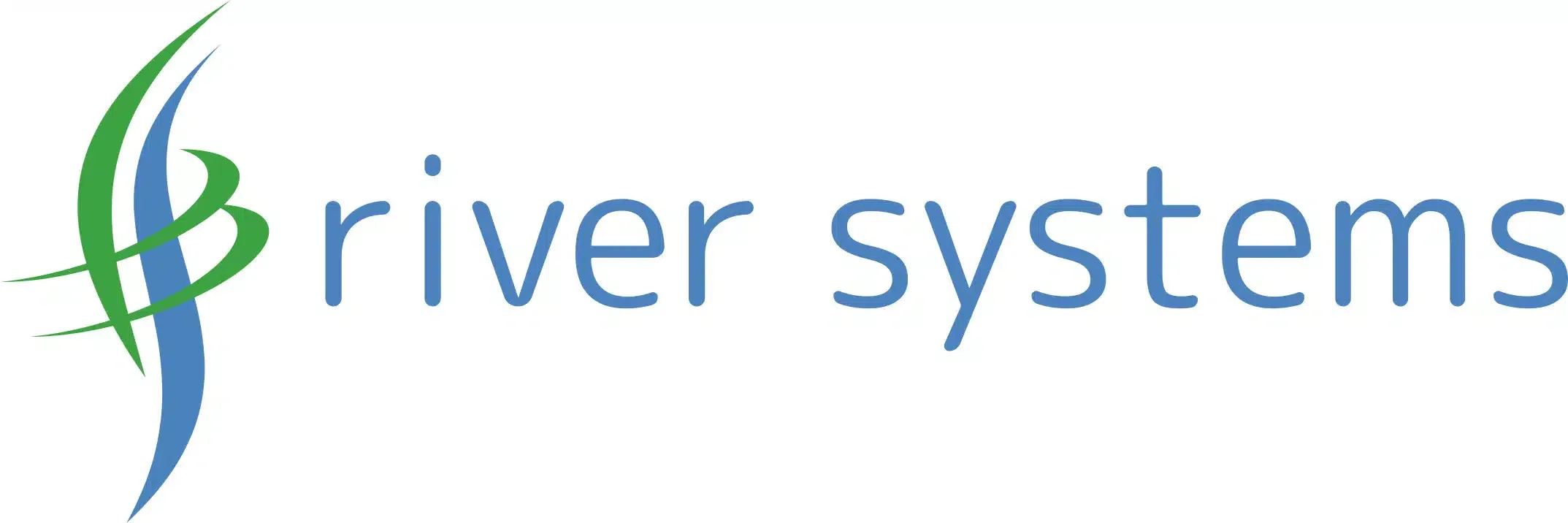AI-Powered Transcription: Transforming Government Meetings & Saving Costs
Government agencies conduct numerous hearings, meetings, and discussions that require accurate documentation. Traditionally, IT staff or dedicated personnel have spent hours manually transcribing these sessions—a process that is labor-intensive and expensive. However, integrating AI-generated transcription with video streaming systems is revolutionizing the way agencies operate, saving both time and money while improving efficiency.

The Burden of Manual Transcription
Recording and transcribing meetings has always been a necessary task for government agencies. Detailed records ensure transparency, accountability, and accessibility. However, manual transcription comes with significant challenges. High labor costs mean that IT staff or administrative teams must dedicate excessive hours to transcribing discussions instead of focusing on other essential tasks. Processing long meetings manually can take days, slowing decision-making and reducing overall efficiency. Additionally, human transcriptionists are prone to fatigue, which can lead to errors in official records.
These inefficiencies create unnecessary expenditures for agencies, stretching budgets that could be better allocated toward more impactful initiatives.
AI-Integrated Transcription: A Game Changer
By combining AI-driven transcription with real-time video streaming systems, government agencies can automate the documentation process seamlessly. AI technology listens to streamed discussions and converts speech into text in real time, eliminating delays. With fewer staff hours spent on transcription, agencies cut operational costs and free up personnel for other critical work. Advanced speech recognition minimizes transcription errors, ensuring more reliable documentation. AI-generated transcripts allow officials and citizens to easily search for specific discussions within hearings, improving accessibility and transparency.
Beyond efficiency, AI-enhanced transcription improves accessibility. Meeting records are automatically generated and made available to stakeholders without extensive manual effort
Addressing Common Concerns
Some may wonder about the accuracy of AI-driven transcription compared to human efforts. While AI technology is not flawless, its error rates continue to decrease with machine learning improvements. Agencies can also integrate a brief human review process to ensure precision while still drastically reducing labor time.
Security is another consideration. Leading AI transcription platforms provide encryption and compliance features to protect sensitive government data. By selecting secure solutions, agencies can benefit from automation while maintaining confidentiality.
A Smarter Future for Government Workflows
Government institutions are tasked with balancing efficiency, transparency, and cost-effectiveness. AI transcription integrated with video streaming provides an opportunity to streamline operations without sacrificing accuracy or accessibility. By automating documentation, agencies can optimize IT staff workload, reduce unnecessary expenditures, and create an environment where resources are used more effectively.
As AI technology continues to evolve, its role in government workflows will only expand. Embracing innovation today can lead to smarter, faster, and more cost-effective governance tomorrow.
Thinking about implementing AI-powered transcription? It could be the next step in transforming how public sector operations run.
